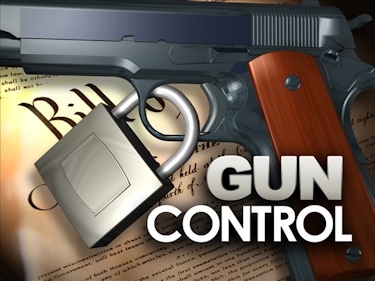
In 2010, it was estimated that there are globally 875 million small arms distributed amongst civilians, law enforcement agencies, and armed forces. Of these firearms, 650 million or 75 percent, are held by civilians. The US civilians account for about 300 million of this total and about 37 percent to 42 percent of the households in the country carry at least one gun, which leads to the already well-known conclusion that gun possession is common in the US. Interestingly, according to a survey done in over 30 countries across five continents that had the most liberal gun rights, only the US citizens considered possessing guns as a right. In the remaining countries, civilian firearm ownership was considered a privilege and the legislation governing possession of firearms was correspondingly more restrictive. Then, why is the spirit of America on gun rights so different from other countries?
In a broad historical sense, America inevitably developed gun rights. America’s gun rights comes from a time when the United States was an agrarian, subsistence nation where hunting was a profession for some, an auxiliary source of food for some settlers, and also a deterrence to animal predators. Therefore, the connection between shooting skills and survival among rural American men was in many cases a necessity. In addition, in the early American history, Americans were under constant threat from foreign armies and especially hostile Native Americans. However, prior to the American Revolution, there was neither budget nor manpower nor strict government to maintain a full-time army. Therefore, the concept of citizens arming themselves came out. Such militia tradition has given Americans the concept that guns are necessary for self-defense and protection against terrorism. Though it has not been a necessary part of daily survival for over a century, as Jervis Anderson argues in Guns in American Life, “generations of Americas continued to embrace and glorify it as a living inheritance – as a permanent ingredient of this nation’s style and culture”.
ى €ى‘권ىگ © يڈ¬ي•ê³µëŒ€ى‹ 문 무단ى „ى¬ ë°ڈ ى¬ë°°يڈ¬ 금ى§€


